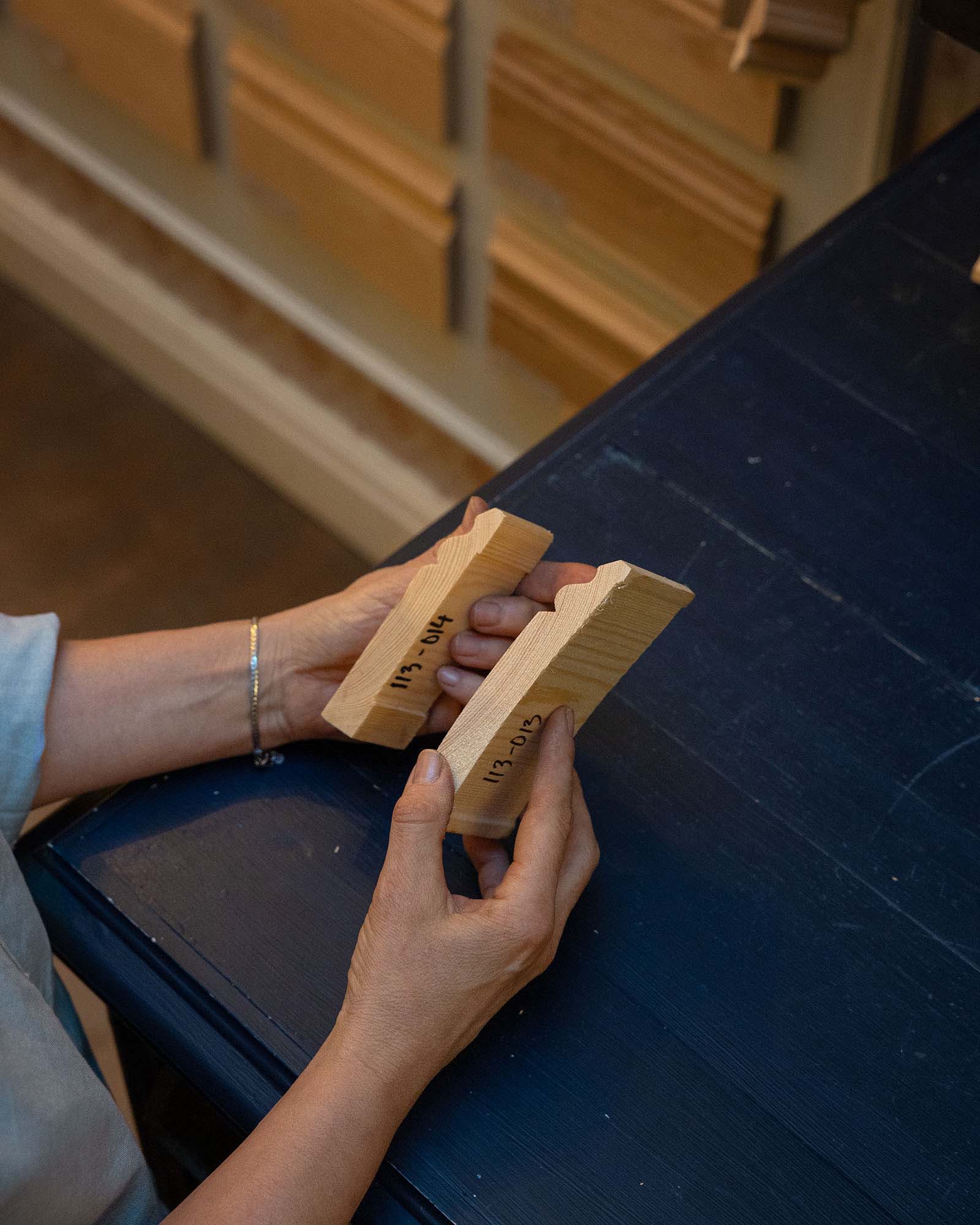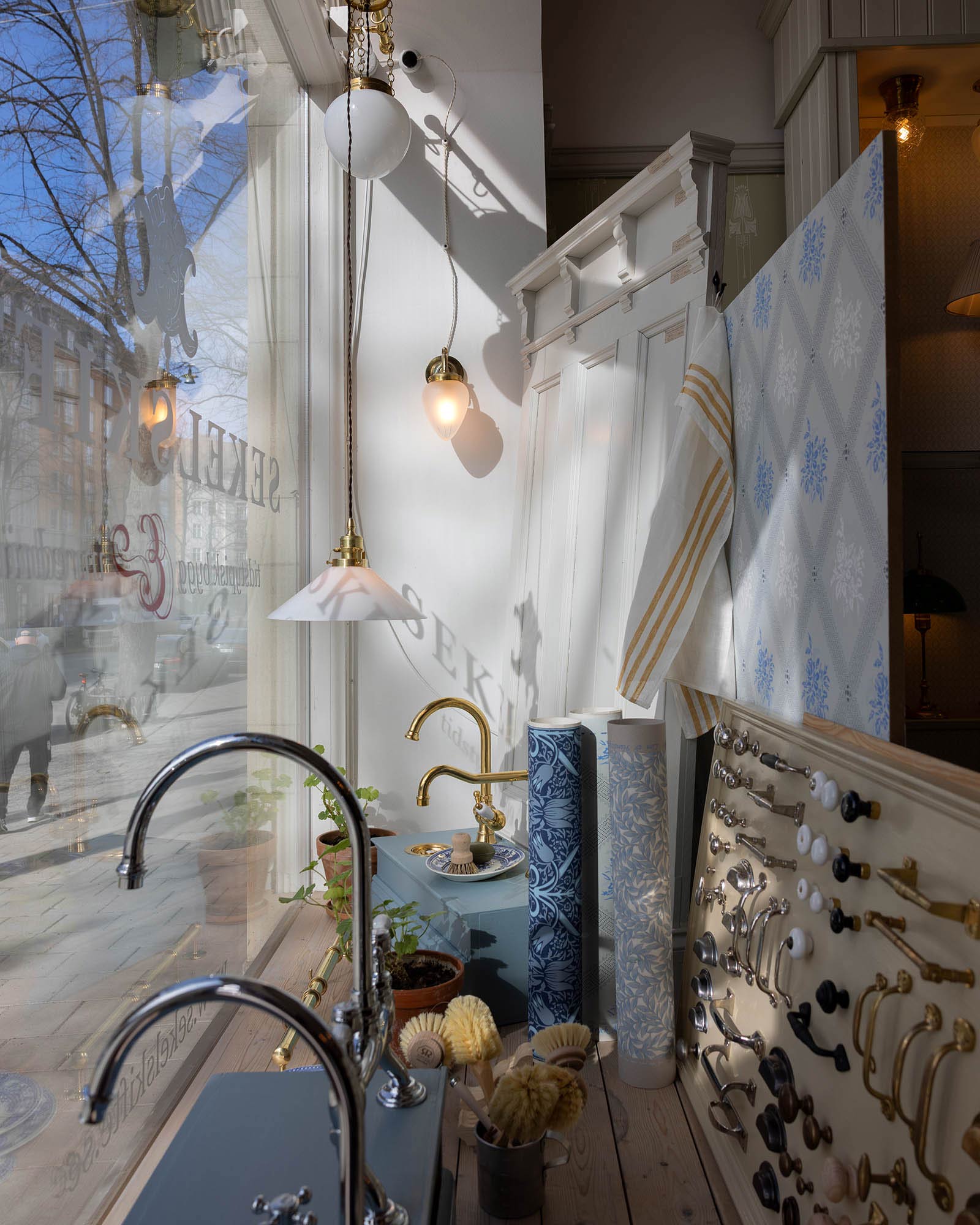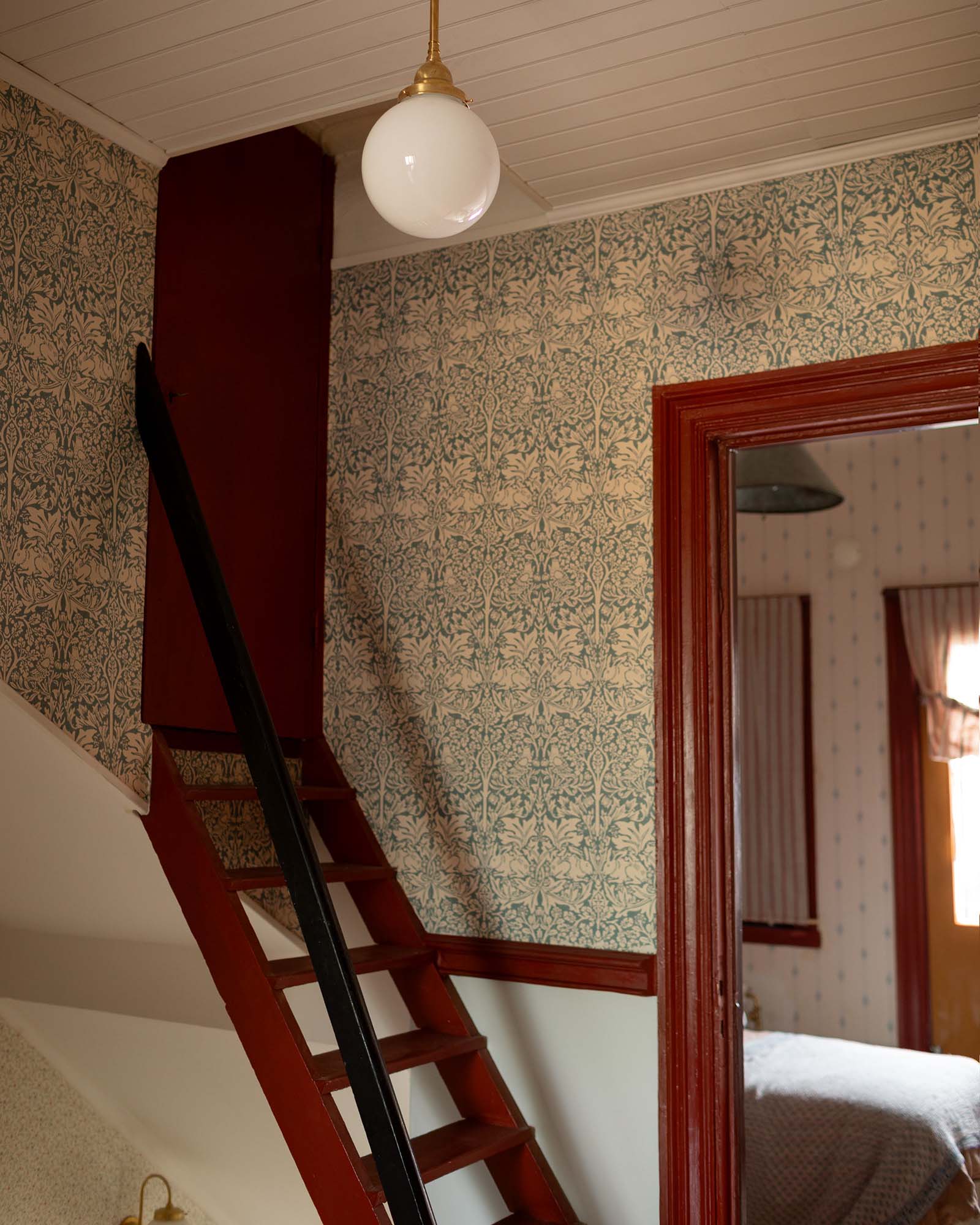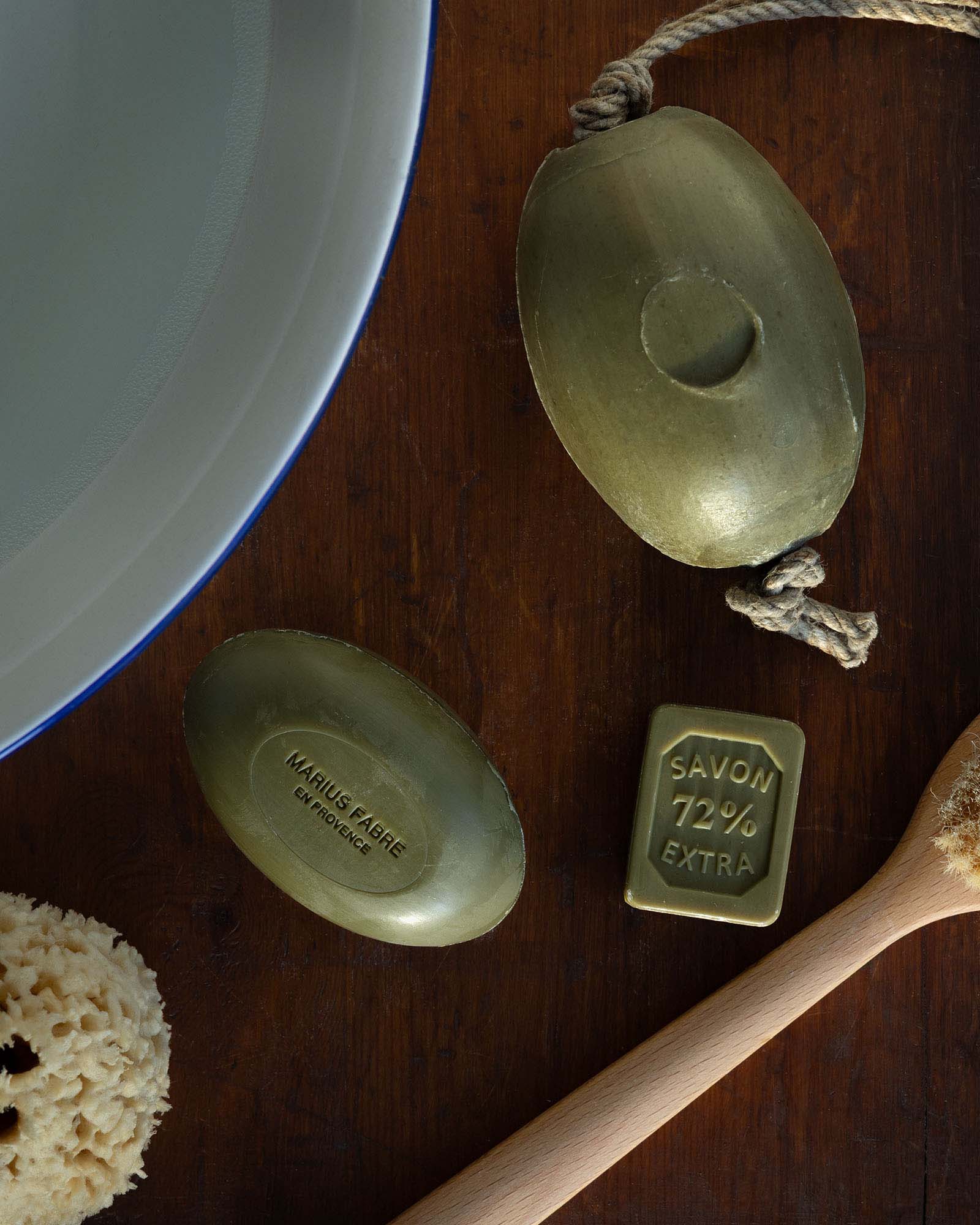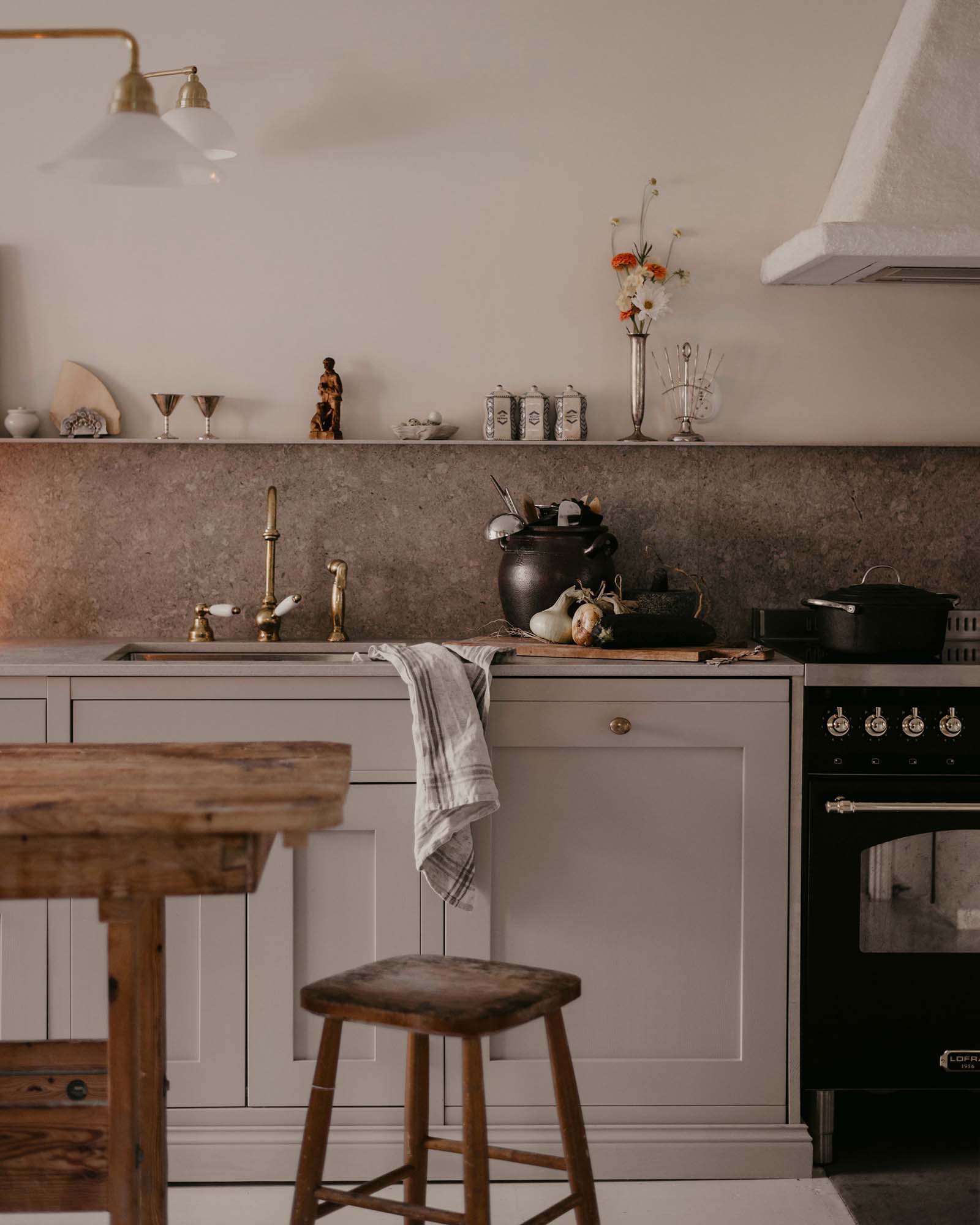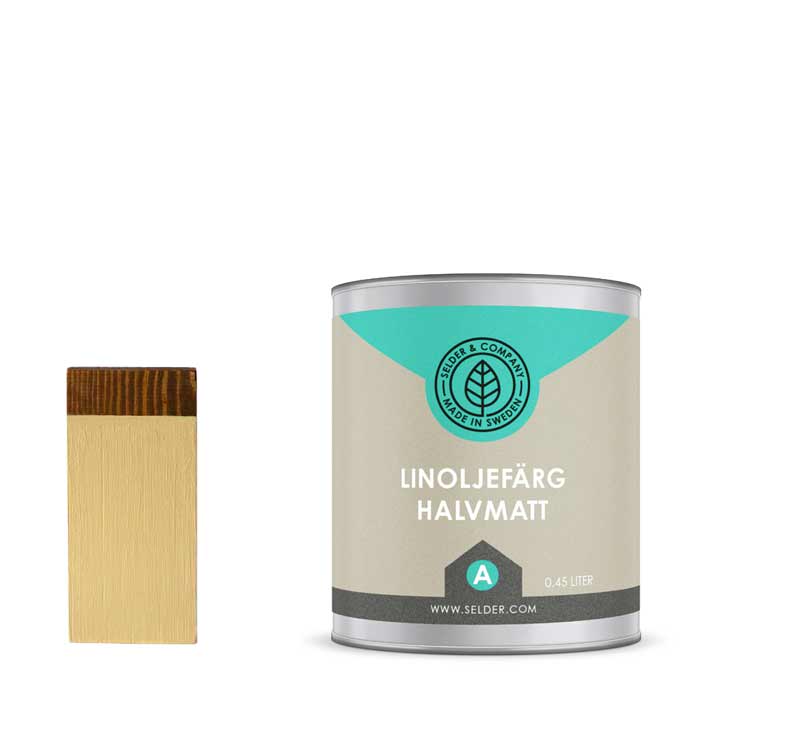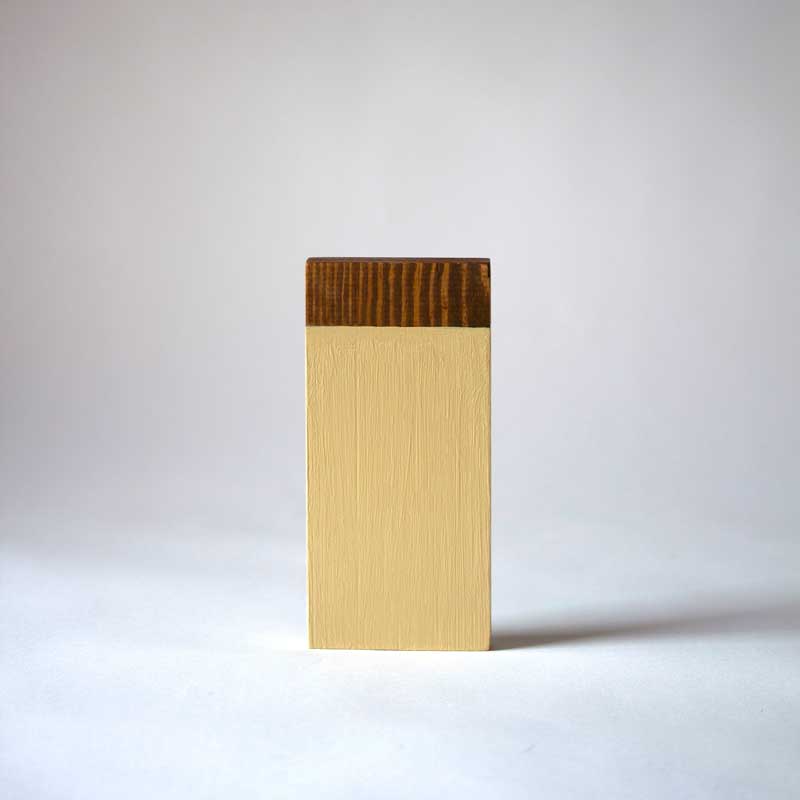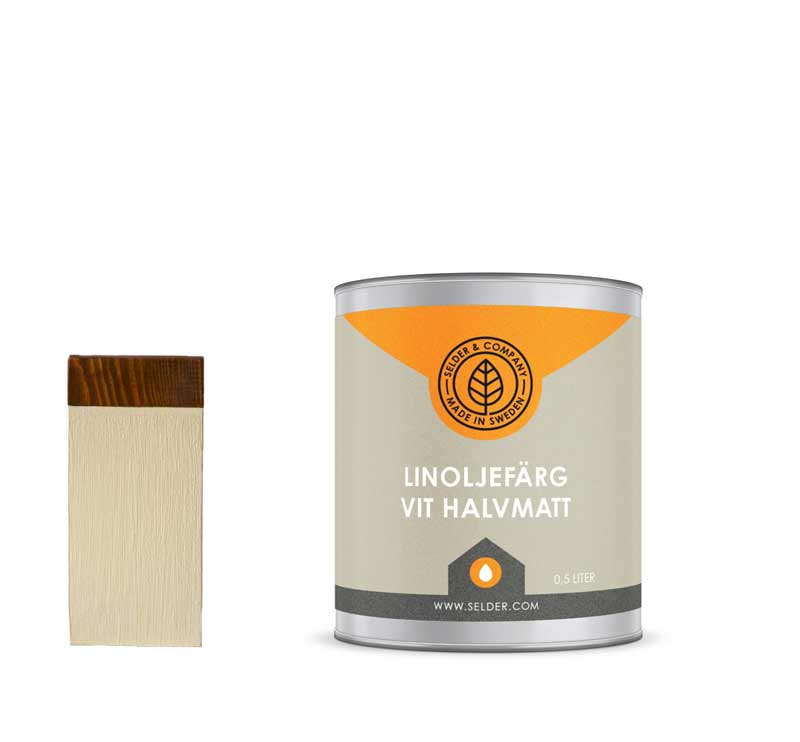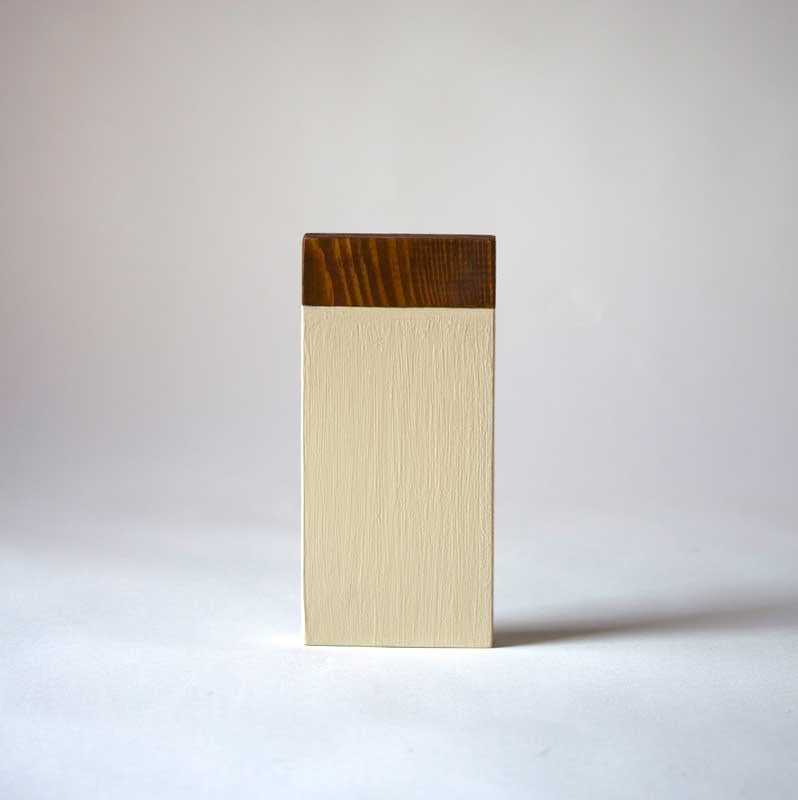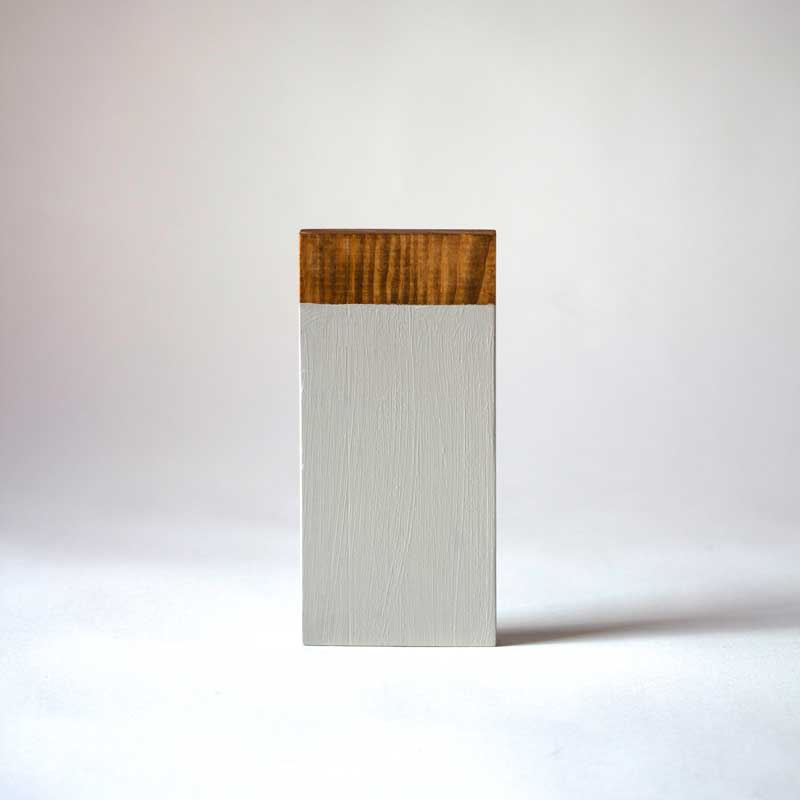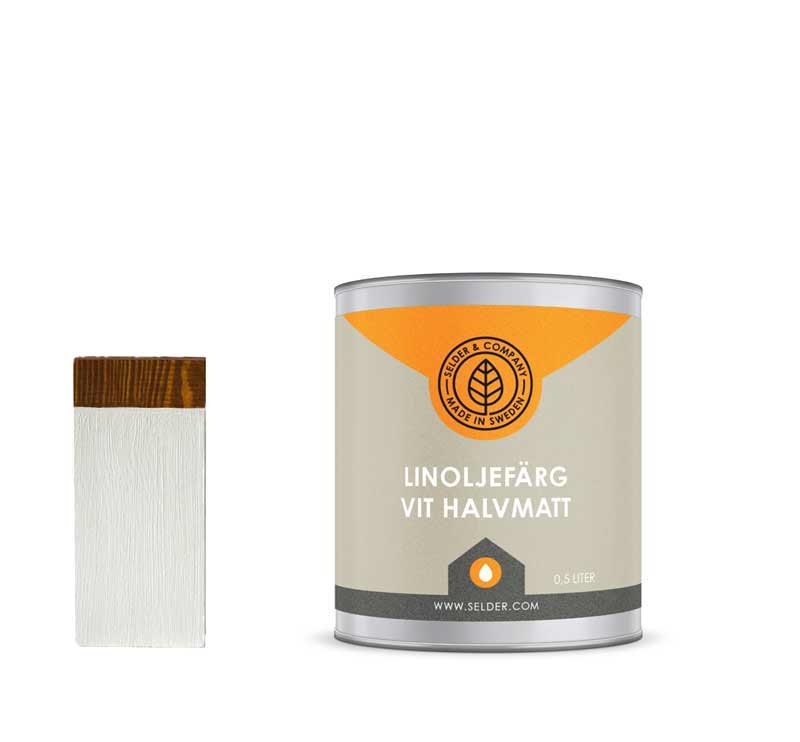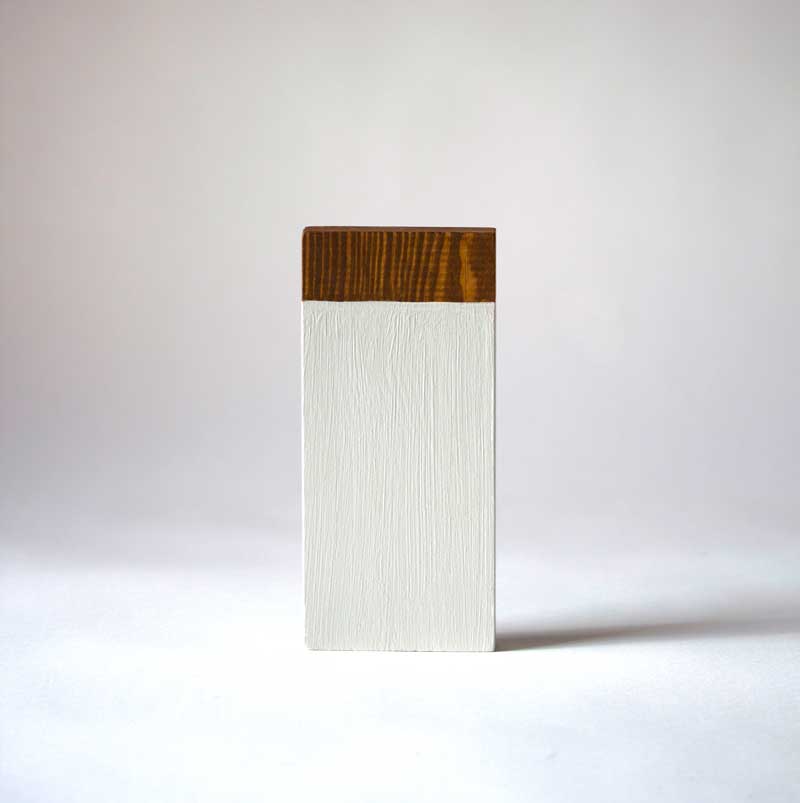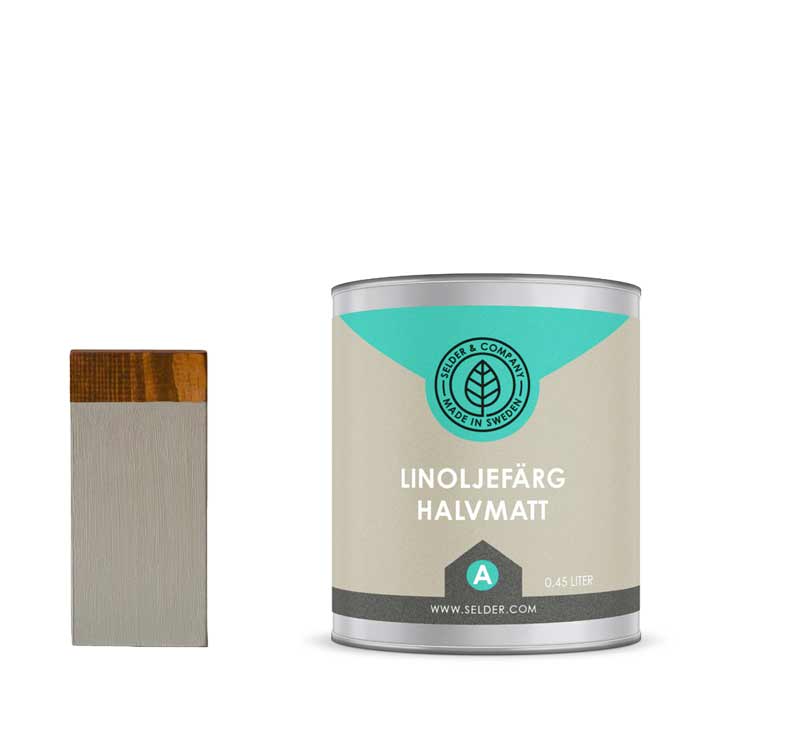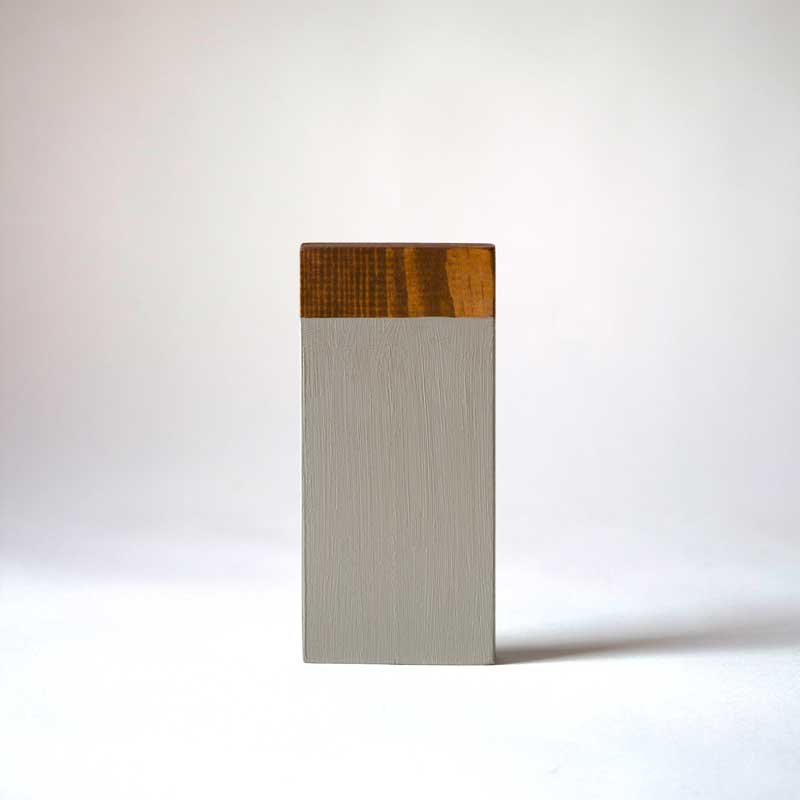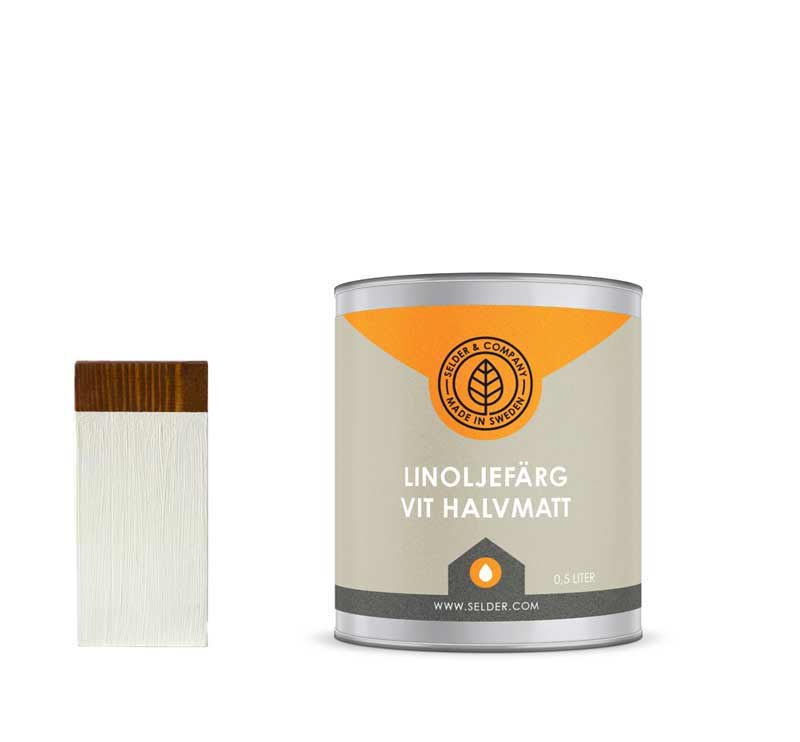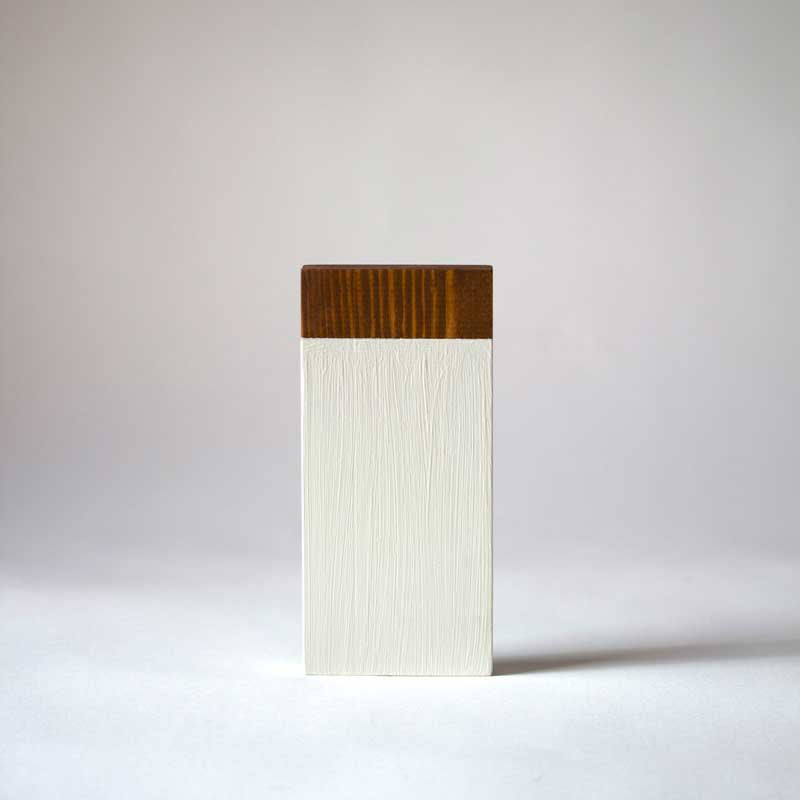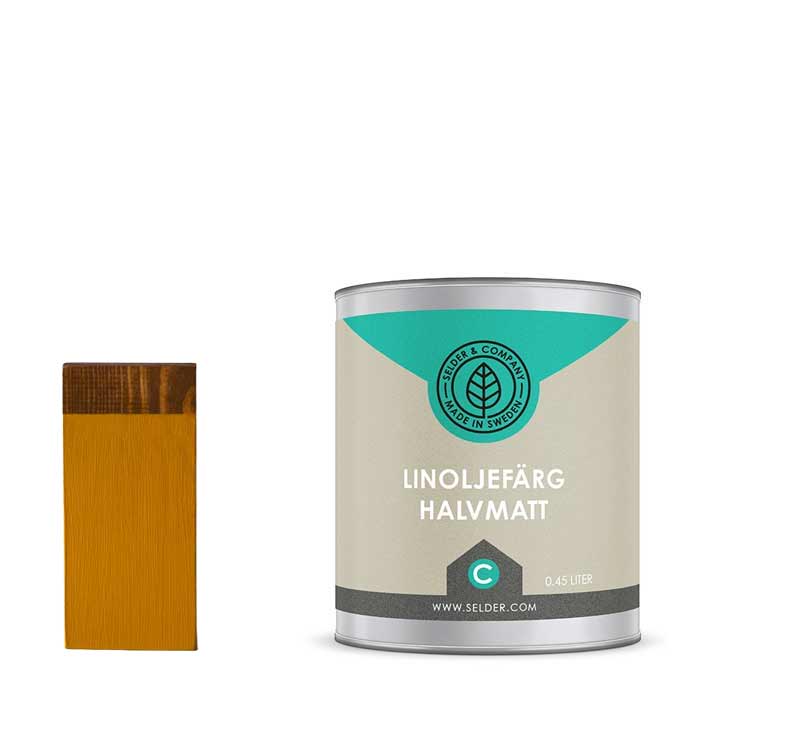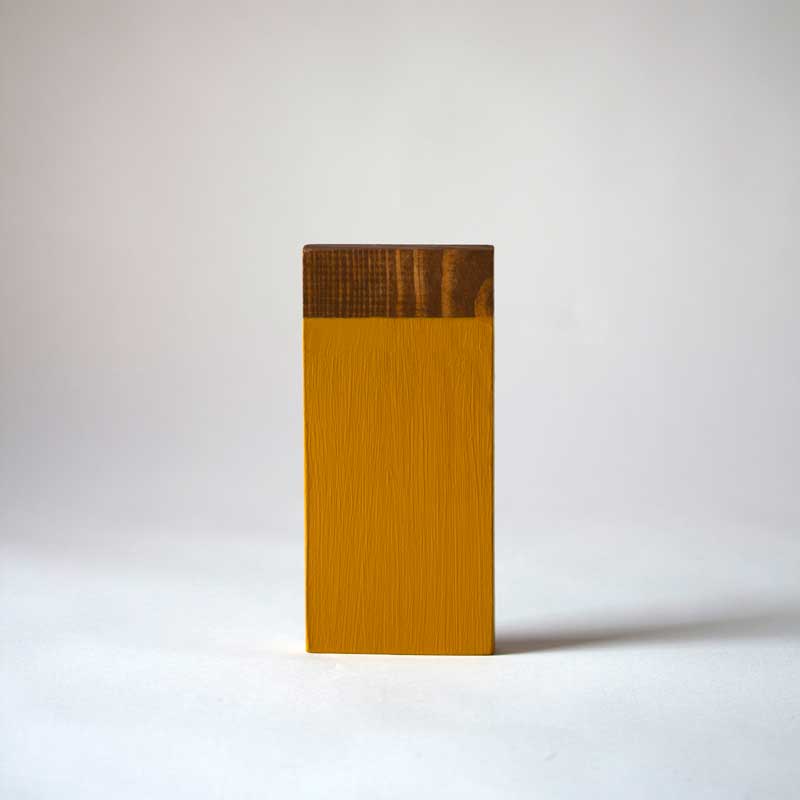Style History ~ 1920s Twenties Classicism
History, Facades & Windows
In the 1920s, classicism once again becomes popular. However, the new style is much simplified and lacks the extravagant decorations of previous epochs. Now, there is a strive for a more streamlined and cool design language, which can be linked to the Swedish Empire style that is 100 years older. The Twenties Classicism style receives its own Swedish version, internationally known as "Swedish Grace", thanks to its elegance.
Fasadeuttrykket
The facades of Twenties Classicism are symmetrically designed with smooth plaster or rendered in rich colors such as rust red, ochre yellow, green, or gray. Sometimes, the houses are equipped with a high gable, creating a striking focal point in the cityscape. This can be designed either as a stair gable or with baroque-inspired or classical forms. On the simple facades, decorations such as pilasters and medallions, festoons, or small bay windows in contrasting colors are often placed. A characteristic feature is also the lunette shape in windows, baluster dolls under windows, and friezes with meander or dentil patterns. The typical windows have two sashes with three panes in each and are painted in green, brown, or reddish-brown color. The roofs are covered with tiles or metal. The doors have a varnished glass door and are often marked by stone framing. The staircases are often colorful and contain large panels and artworks with motifs such as urns with plants, fruit baskets, or stylized floral garlands.
Windows in the 1920s
During the 1920s, all windows were uniform in design and inspired by antiquity and classical ideals. The typical wooden window was slender, made of resinous heartwood, with two sashes, each divided into three panes. The muntins were profiled with a simple quarter-round or egg-and-dart profile. The window frames were inward-opening, coupled, and closed with espagnolette locks. The glass was thin with subtle light refraction. The joinery was painted white, off-white, or gray, but also appeared in gray-green, blue-gray, and brown. Facades were adorned with decorative windows in lunette, round, or oval shapes. During the 1920s, the windows of multi-family residences were significantly lower than in previous decades, mainly due to the lowered ceiling height of apartments. In 1923, the National Board of Building issued pattern drawings for windows. In villas, upper-floor windows could be smaller and more square to fit the space. Villa windows were painted in off-white, light gray, and green colors.
For the villa, the new style gained significant traction thanks to catalogs. The style is characterized by brightness and lightness through simple volumes and a symmetrical structure. Villas are characterized by vertical tongue-and-groove paneling with varying color schemes, often in white, gray, or yellow. Common decorations include corner pilasters and lunette windows. In southern Sweden, brick facades also became common. Rendered facades are painted in light warm colors. Many houses have window shutters.




























































































